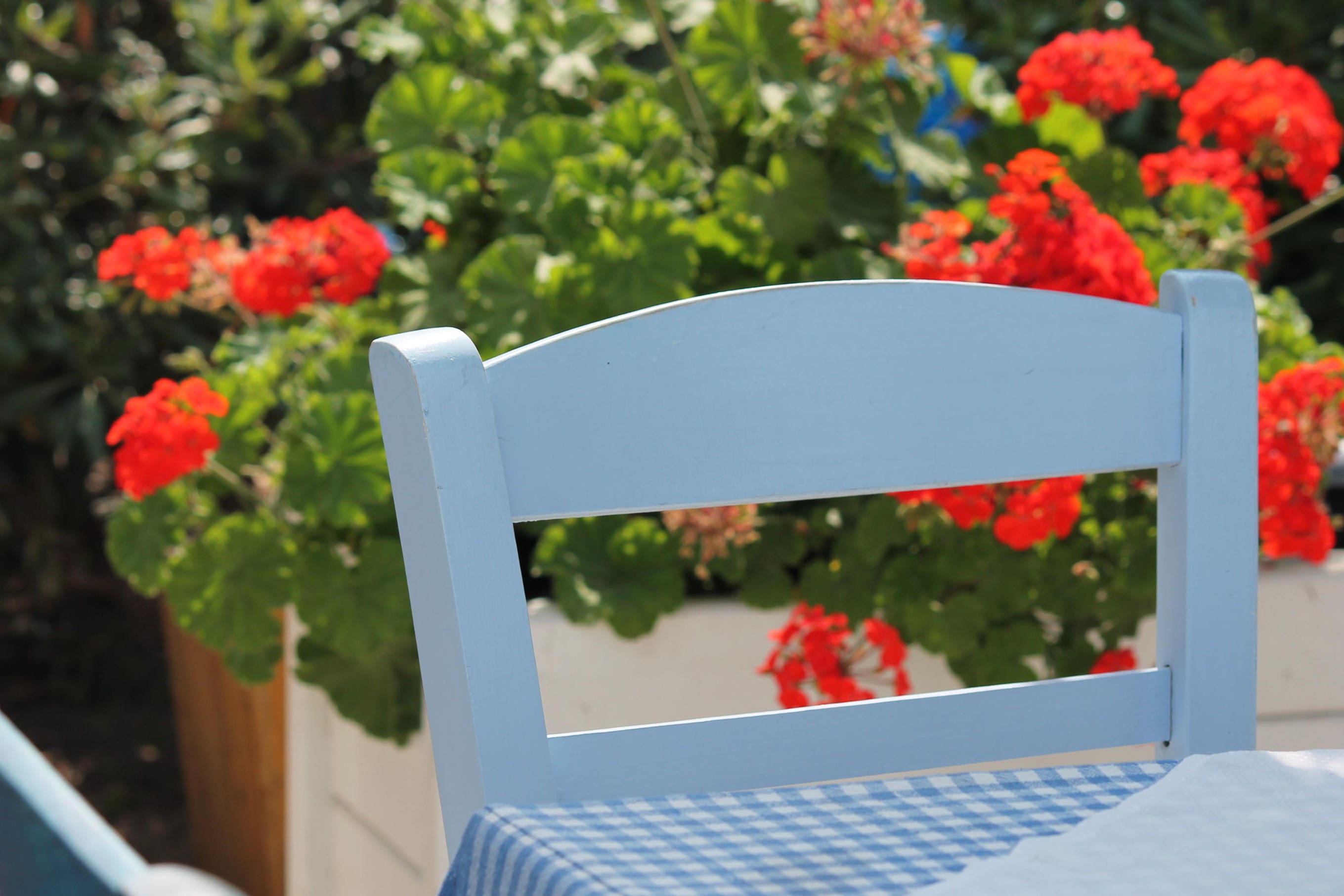How to bring a touch of the Mediterranean to your garden
Drought-tolerant plants, terracotta pots and gravel will make you feel like you’re on holiday. By Hannah Stephenson.

Your support helps us to tell the story
From reproductive rights to climate change to Big Tech, The Independent is on the ground when the story is developing. Whether it's investigating the financials of Elon Musk's pro-Trump PAC or producing our latest documentary, 'The A Word', which shines a light on the American women fighting for reproductive rights, we know how important it is to parse out the facts from the messaging.
At such a critical moment in US history, we need reporters on the ground. Your donation allows us to keep sending journalists to speak to both sides of the story.
The Independent is trusted by Americans across the entire political spectrum. And unlike many other quality news outlets, we choose not to lock Americans out of our reporting and analysis with paywalls. We believe quality journalism should be available to everyone, paid for by those who can afford it.
Your support makes all the difference.The heatwave may still be unbearable in some parts of southern Europe – but you can enjoy a touch of the Mediterranean without sizzling in your own garden, with some thoughtful planting.
Drought-loving plants always conjure up images of the Med, from hot pink pelargoniums to vivid blue agapanthus, spiky sea holly and sizzling red crocosmia, hardy hibiscus and fragrant rosemary and lavender.
As long as they don’t get too wet, Mediterranean gardens are low maintenance and offer plenty of colour and form during the summer months.
Try trees
Olive trees are a must in any Mediterranean-style garden. Their elegant silhouettes and evergreen leaves make them a beautiful focal point, says Sutton Manor Nursery, a leading supplier of olive, topiary and Mediterranean trees.
“Pencil cypresses – often seen in Italy – are another Mediterranean favourite, and you can get hardy palm trees such as the dwarf fan palm (Chamaerops humilis),” adds Caroline Mazzey, RHS horticultural adviser.
“If you have enough space and you have somewhere to place a large planter in the winter, such as a conservatory, consider growing some citrus trees, such as lemon trees. This can help to add a truly Mediterranean appearance, as well as a beautiful scent,” says landscaping and gardening expert Fiona Jenkins at MyJobQuote.co.uk.
Use pops of colour
Pelargoniums are drought-tolerant and will provide bright pops of colour, along with red salvias and the purples of rosemary and lavender, Mazzey suggests.
“The best things are silvery-leaved plants such as lavender, rosemary, phlomis – if it’s silvery it’s already adapted to cutting down the amount of light it absorbs.”
Create shade
Train your trees to create an umbrella of shade, or have a pergola with a climbing plant over it to make the shade – perhaps a grapevine, Mazzey advises.
Be bold with colour
Warmer tones are commonly used in Mediterranean gardens. Play around with lighter shades of straw or sandy beige and dark brown, the nursery advises. Other popular colours include rich yellow and muted red hues, including ochre, peach, terracotta and brick red.
Mosaic tiles are also often seen in Mediterranean countries, so you might choose metal furniture with a mosaic-style table or even some coloured plant pots and containers, especially if you don’t want to paint your walls and you have a habit of moving your pots around.
Make use of terracotta planters
Terracotta planters are a great way to bring a Mediterranean feel to your garden, says Jenkins.
“Choose pots and planters in a range of sizes and shapes to add variety. Add a range of different-coloured plants and flowers in your pots to create a vibrant display.”
Go for gravel
Gravel is a very popular element in Mediterranean gardens and is an ideal medium for free-draining soil, favoured by Mediterranean plants. Some well-placed gravel can look great – especially when teamed with terracotta pots.
“You definitely need good drainage because these plants don’t like cold wet feet over winter, because the Mediterranean geology is a stony, well-drained environment which gets hot in the summer but doesn’t stay wet in the winter. The water drains away,” says Mazzey.
“This can be tricky if you have clay soil – in which case, pots are the way to go.”
Be creative with water
“Water helps to create a cool and relaxing atmosphere, plus it also has reflective value, helping to brighten your space and spread the sun around your garden. Stone fountains are often seen in Mediterranean gardens,” says Jenkins.
“If you have enough space, consider installing an ornate water fountain or a tiered structure. When water flows out of a fountain, it creates a beautifully relaxing sound, making your garden feel like a true oasis.
“If you’re limited on space in your garden, consider adding a bird bath or an alternative smaller water feature.”
Consider seating
Avoid contemporary, shiny furniture, as this doesn’t quite fit in with the theme, Jenkins advises.
Instead, opt for simple furniture such as wooden benches, which will weather with age and fit in perfectly with the overall aesthetic.
“Consider growing herbs such as oregano or thyme close to the seating and dining areas. These will add a fragrant scent in the area that smells delicious. Plus, you can use them to add extra flavour to your dishes when serving food to guests,” she says.
If you want colourful accents, choose cushions in warm shades of orange, stone, red, yellow or even lavender.
Look after your plants
“Just because they are drought-tolerant doesn’t mean you don’t have to water them,” Mazzey warns. “You will still need to water but that water needs to drain away. Even pelargoniums, which love the sun, will need watering.”